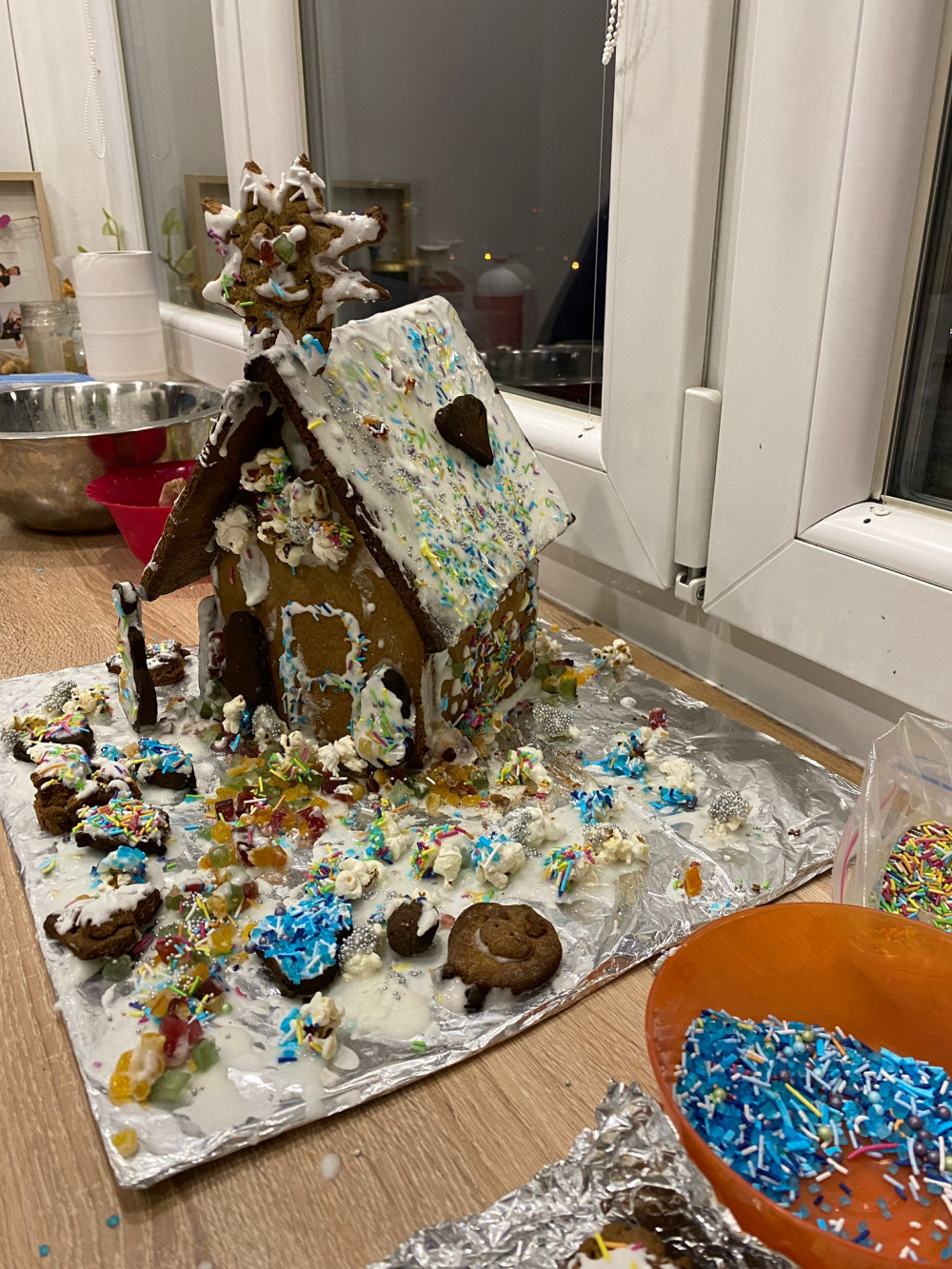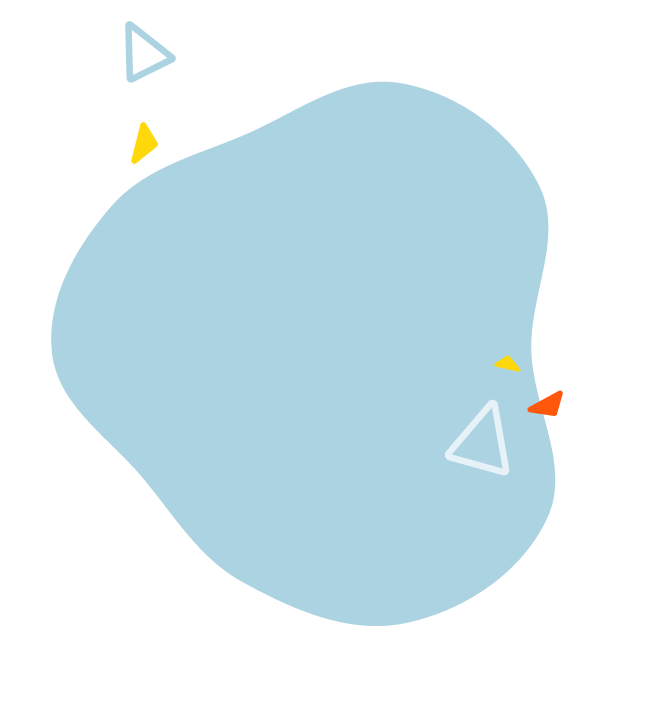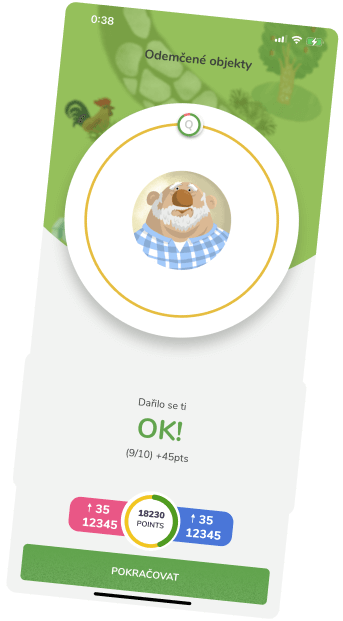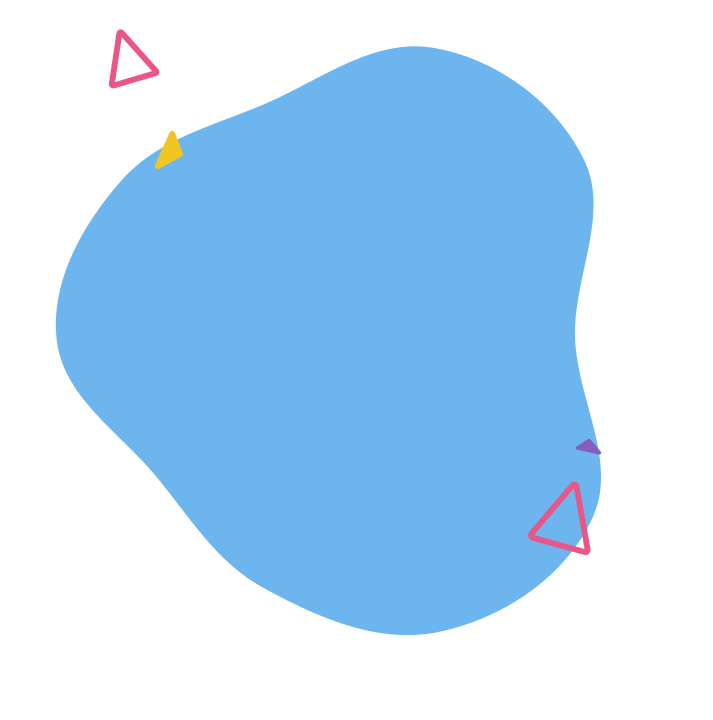Fare pratica con le lingue cucinando dolci di Natale
Fare dolci di Natale è da sempre una parte importante delle festività natalizie. In un articolo precedente, ho condiviso le deliziose esperienze che ho avuto con biscotti americani e cechi e, in qualità di cofondatore di Latudio, ho avuto l’opportunità unica di raccogliere una serie di ricette di natale dai nostri collaboratori. Negli anni, cucinare queste leccornie per la mia famiglia e i miei amici è stata una gioia lunga un viaggio.
Mi ricordo, in particolare, un anno in cui ho preparato il Poor Man’s Toffee (“toffee dei poveri”) per la mia classe di conversazione in ceco, alle superiori. La ricetta ha riscosso un successo tale che molti studenti hanno chiesto alle loro madri di rifarla a casa loro. Una vera testimonianza di apprezzamento!
Non avendo figli miei, ho trovato molta soddisfazione nel preparare casette di pan di zenzero con la figlia di un mio amico. In questo articolo, e per le prossime settimane, voglio condividere questa e molte altre ricette da tutto il mondo.
Imparare una nuova lingua può essere un’esperienza unica e variegata proprio come queste ricette, e capire le sfumature specifiche di ogni lingua può aiutare notevolmente nel processo. Studiando nomi e verbi contenuti nelle ricette, e seguendo i video tutorial che abbiamo selezionato appositamente, potrete migliorare le vostre capacità linguistiche. Sarà un po’ come aggiungere un gusto extra alla glassa.
Fraseologismi da ricettario
Leggete le espressioni qui di seguito per capire più facilmente le ricette.
Print out the pattern = Stampare le forme
Cut out the shapes = Ritagliare le forme
Set aside the shapes = Mettere da parte le forme
Whisk the flour, baking soda, ginger, cinnamon, allspice, and salt = Mischiare farina, bicarbonato, zenzero, cannella, pimento e sale
Set aside the mixture = Mettere da parte l’impasto
Beat the butter and brown sugar = Mischiare burro e zucchero di canna
Beat in the egg, molasses, and water = Aggiungere uova, melassa e acqua
Mix the dry ingredients = Mescolare gli ingredienti
Divide cookie dough = Separare l’impasto dei biscotti
Wrap in plastic wrap = Avvolgere nella pellicola
Chill in the refrigerator = Raffreddare in frigorifero
Preheat the oven = Preriscaldare il forno
Get out two large baking trays = Preparare due teglie grandi
Cut two pieces of parchment paper = Tagliare due pezzi di carta da forno
Remove the dough = Rimuovere l’impasto
Put the parchment papers = Mettere la carta da forno
Flour the parchment paper = Infarinare la carta da forno
Roll out the dough = Stendere l’impasto
Cut out the pieces = Ritagliare i pezzi
Make shapes = Fare e formine
Straighten out the edges = Tagliare i bordi
Remove chimney pieces = Rimuovere i pezzi a forma di camino
Bake house pieces = Cuocere i pezzi a forma di casa nel forno
Let shapes cool = Lasciar raffreddare le formine
Add candy decorations = Aggiungere i canditi decorativi
Mix or whisk powdered sugar and egg whites = Mescolare lo zucchero a velo e le chiare d’uovo
Beat or whisk in more water = Aggiungere altra acqua
Add more sifted powdered sugar = Aggiungere altro zucchero a velo setacciato
Christmas Gingerbread House
Ingredients:
3 cups (375g) all-purpose flour (Czech: hladka mouka)
1/4 teaspoon baking soda
2 teaspoons ground ginger
2 teaspoons ground cinnamon
1/2 teaspoon ground allspice
1/4 teaspoon salt
6 Tablespoons (85g) soft unsalted butter (In CZ, they are unsalted.)
3/4 cup (150g) packed light or dark brown sugar (Czech: Molasses sugar)
1 large egg, at room temperature
1/2 cup (120ml) molasses
1 Tablespoon (15ml) water
Instructions:
Print out the pattern and cut out the shapes. Set aside the shapes for step 6.
Whisk the flour, baking soda, ginger, cinnamon, allspice, and salt together in a large bowl. Set aside the mixture.
With a hand mixer at medium speed, beat the butter and brown sugar together until smooth and creamy.
On a high speed, beat in the egg, molasses, and water.
On low speed, slowly mix the dry ingredients into the wet ingredients until combined.
Divide cookie dough into two discs, wrap in plastic wrap, and chill in the refrigerator for 2 hours or up to 3 days.
Preheat the oven to 350°F (180°C), get out two large baking trays for all the pieces, and cut two pieces of parchment paper to fit the baking trays.
Remove the dough from the refrigerator, put the parchment papers on a surface, flour the parchment paper, roll out the dough on the parchment paper to ¼ inch thick, then cut out the pieces. The pieces should be about 3 inches apart. Make two of each shape. With the leftovers, make some fun shapes to add.
Put the parchment paper with the pieces on the baking sheet. Straighten out the edges of each piece.
Remove chimney pieces after about 12-13 minutes or when the edges are lightly browned.
Bake remaining house pieces for another 5-6 minutes until edges are lightly browned.
Let shapes cool completely on the baking sheets or on the counter.
Icing Instructions
2 cups (240g) sifted confectioners’ sugar
1 egg white
4–5 Tablespoons room temperature water
Food coloring
Watch the video at 2:04 to know the desired consistency you want
Pour powdered sugar, egg white and up to 9 Tablespoons of water into a large bowl. (Note: I add egg white because it hardens the frosting).
With a hand mixer or whisk, beat or whisk the egg whites and sugar until the icing drizzles off. If it’s too thick, whisk or beat in more water 1 Tablespoon at a time, or if it’s too thin, add more sifted powdered sugar.
Optional: Divide the frosting and add food coloring.
Put the frosting into a piping bag, something like it, or use a small spatula to put the pieces together.
Optional: Add other candy decorations onto the frosting.
Esercizio di ascolto (e di cucina)
Qui potete trovare un video riferito a questa ricetta, con cui potrete esercitarvi nell’ascolto di queste parole ed espressioni in inglese.
Prossima …
Per iniziare questa nostra avventura di cucina natalizia, vi invito a esplorare con me le delizie del mondo dolciario delle festività di tutto il mondo: Francia, Italia, Sudamerica e gli Stati Uniti. Ogni ricetta sarà non solo un’opportunità di creare qualcosa di gustoso, ma anche un’occasione per immergervi in una nuova lingua. Entro la fine di questa serie, avrete raccolto una serie di ricette meravigliose e un ricco vocabolario che vi aiuterà a capire lingue e culture diverse.
Restate sintonizzati su questi canali per leggere il nostro prossimo articolo in cui vi porterò in Francia per scoprire una classica ricetta di Natale che sono certo vi divertirete a realizzare e discutere con famiglia e amici. E adesso, cuciniamo, impariamo e diffondiamo insieme la gioia delle festività. Joyeux Noël, Buon Natale, Feliz Navidad, e Merry Christmas!



















